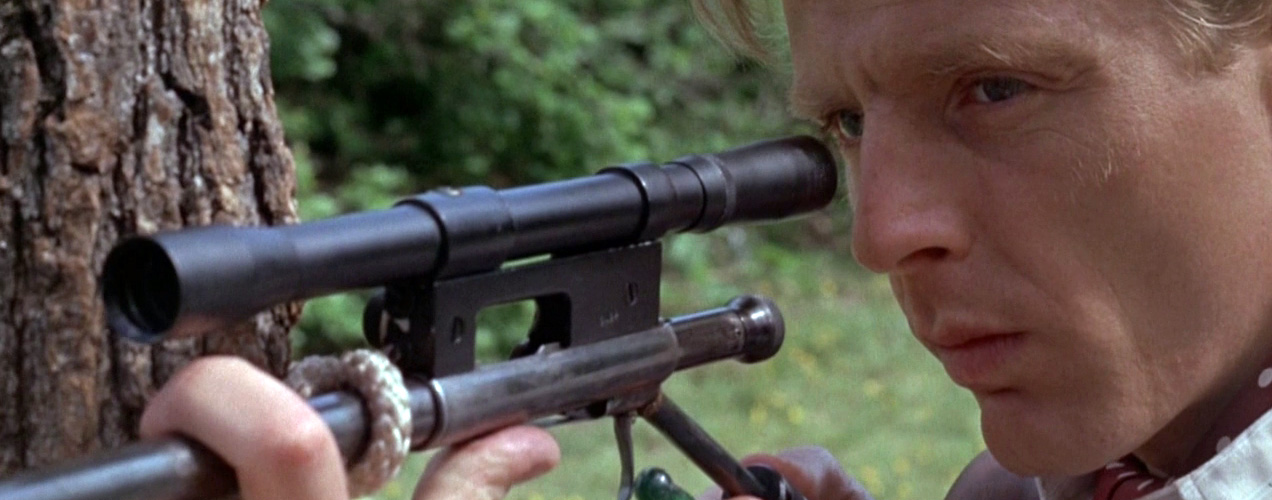1973 / Fred Zinnemann > Off-hand, I can’t recall a better dissection of how an assassin goes from taking a job to completing it, especially with a target as high-profile as the President of France. Every minor step is detailed but not in a way that bores. Zinnemann’s meticulousness pays off for the viewer who gets to enjoy a double-sided analysis of both the authorities hunting down The Jackal and how he himself constantly stays one step ahead. The dry, near-documentary style filmmaking may turn off some, but its beauty is in the way it lets us soak in the cat-and-mouse chase rather be forced to endure some in-your-face entertainment. But that may be underestimating the subtle character study of The Jackal himself, played so wonderfully by Edward Fox. Is he good or bad? Similar to Shohei Imamura’s take on a serial killer in Vengeance is Mine, the answers are far from obvious.
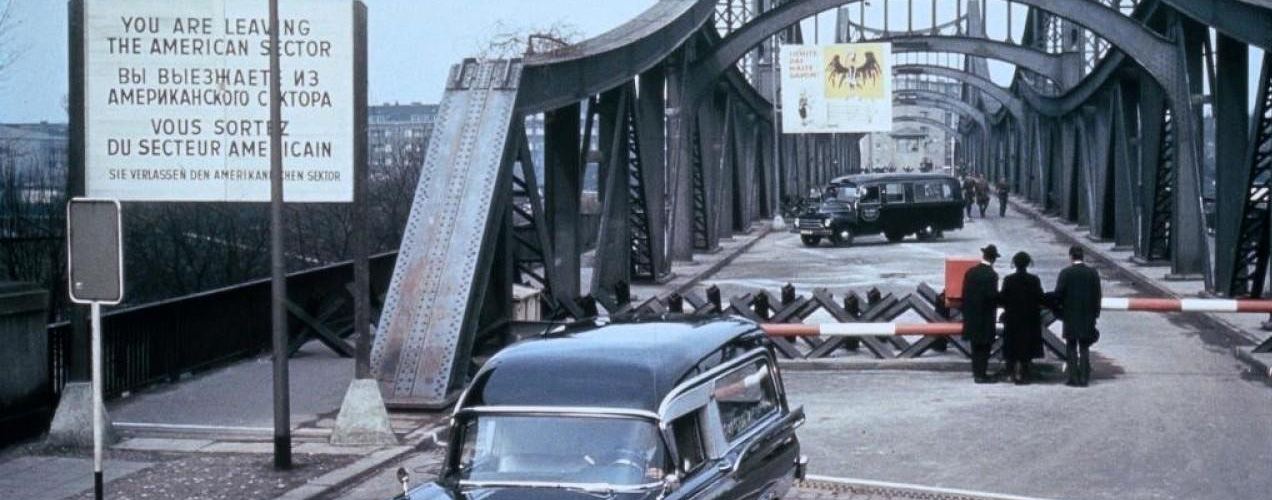
Funeral in Berlin
1966 / Guy Hamilton > It’s hard to believe the follow-up to The Ipcress File had the same cinematographer: The original had carefully constructed camera angles that contributed to the storytelling, but here Otto Heller’s camerawork feels generic and secondary. Also troubling is the change of mood: Michael Caine’s Harry Palmer is still shuffling through the bureaucracy to do his counter-espionage duties but our focuses constantly shift until we realize the plot is a bit too clever for itself. We don’t get attached to any characters, and we don’t really care much when we find out who the bad guys are (especially since the motives feel muddled). Oddly enough, Hamilton made Funeral in Berlin after Goldfinger, which feels problematic because Palmer’s character is closer to Bond here than in the original.
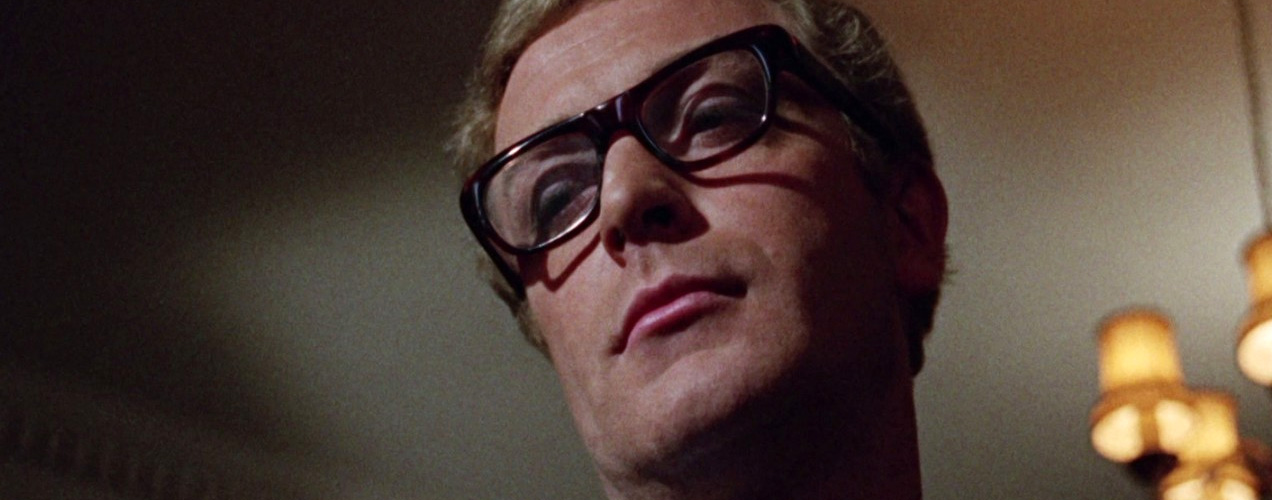
The Ipcress File
1965 / Sidney J. Furie > Kind of a pity that most people will know Michael Caine for being Batman’s butler rather than the sublime counter-espionage agent Harry Palmer. The Ipcress File finds a middle ground between bitterness of The Spy Who Came in from the Cold and the flashiness of James Bond in creating a calculated experience with a certain suave demeanor. Palmer doesn’t ask for his Martini to be shaken but instead is adept at cooking a meal for two and solving some mysteries while he’s at it. If you’ve never experienced Caine in his heyday, the Palmer series is apparently tops, though I’ll reserve further judgment until I get around to watching Funeral in Berlin.
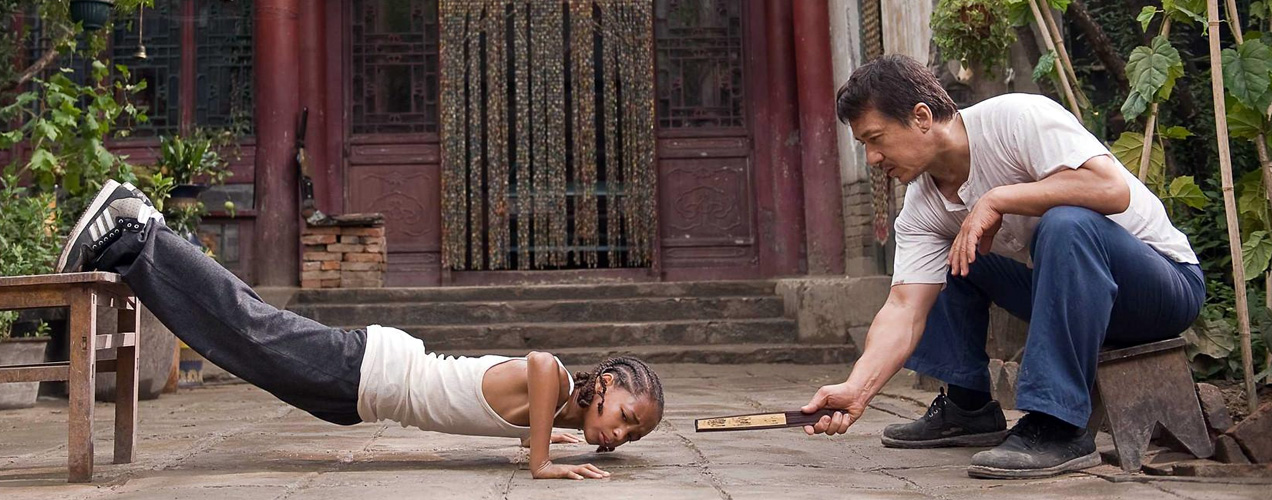
The Karate Kid
2010 / Harald Zwart > Call it The Karate Kid or as it would have been more aptly titled The Kung Fu Kid, the fact remains that Jaden Smith’s genetically passed-on charm and charisma doesn’t make up for his near-farcical martial arts techniques (especially in comparison to many of the young Chinese actors). But if we can excuse that, the film works as a modern immigration tale: How do young Americans, especially a minority, moving to China come of age? Christopher Murphey’s screenplay has enough twists on genre conventions to justify the remake, though it fails to take advantage of deeper intercultural understanding by simply glossing over most conflicts.
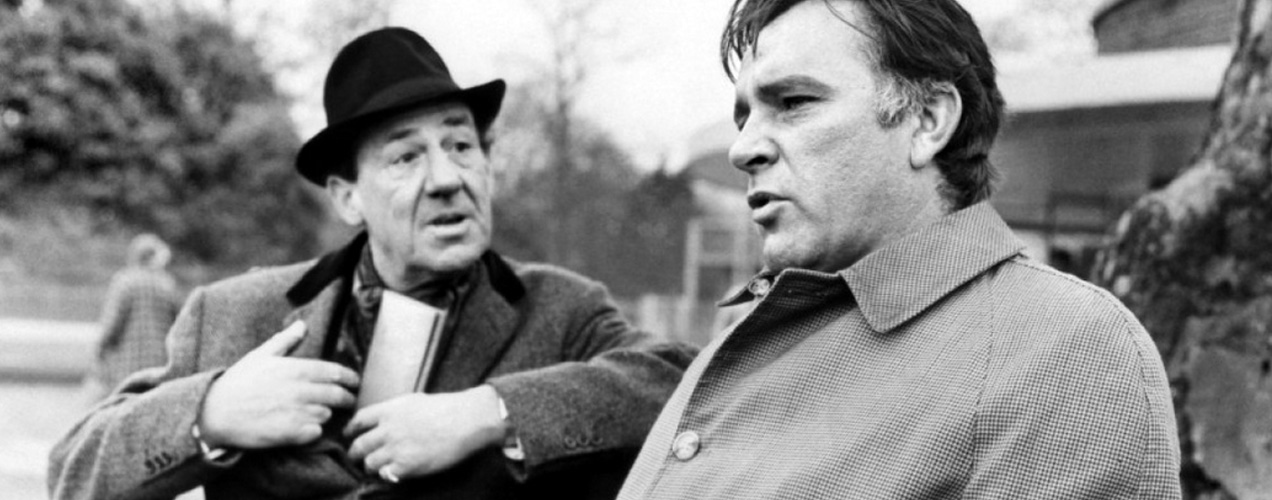
The Spy Who Came in from the Cold
1965 / Martin Ritt > If there ever was an elegy to Cold War espionage, this may be it. Based on a John le Carré novel, The Spy Who Came in from the Cold doesn’t waste time romanticizing the profession that modern day moviegoers identify with the flash and glamour of James Bond. In its bitterness, we witness a carrying performance by Richard Burton where he completely erases the line between the sides. It can be argued that no actor has ever portrayed the confusion of being a double agent better.
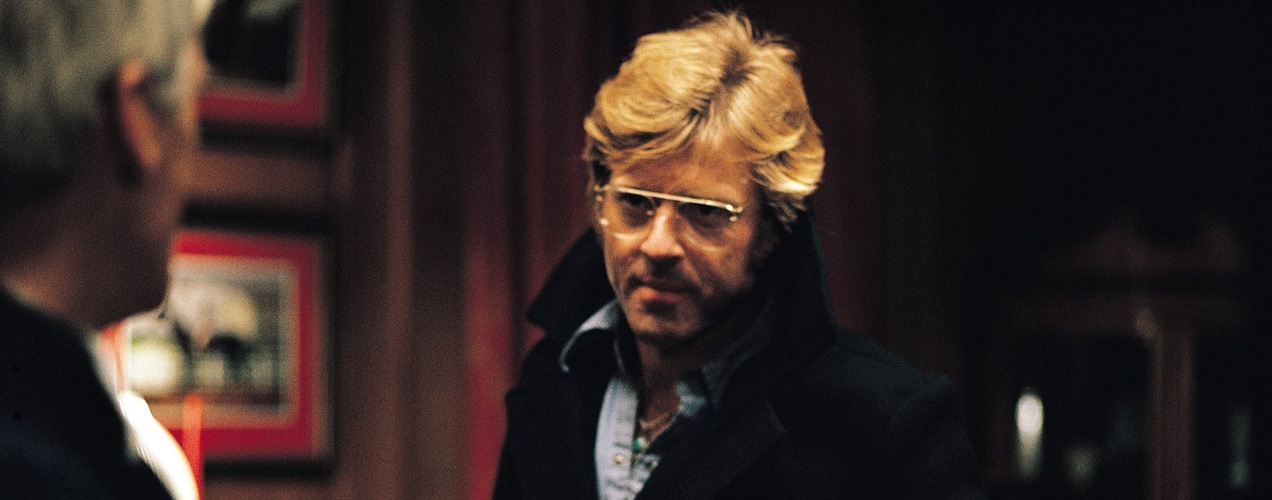
Three Days of the Condor
1975 / Sydney Pollack > An elegantly composed spy thriller centered around Robert Redford who accidentally stumbles upon a topical secret while working at a CIA think tank. For those who appreciate a slower pace and a healthy dose of paranoia, Three Days of the Condor is fitting and satisfying and works as a complementary piece to The Parallax View.
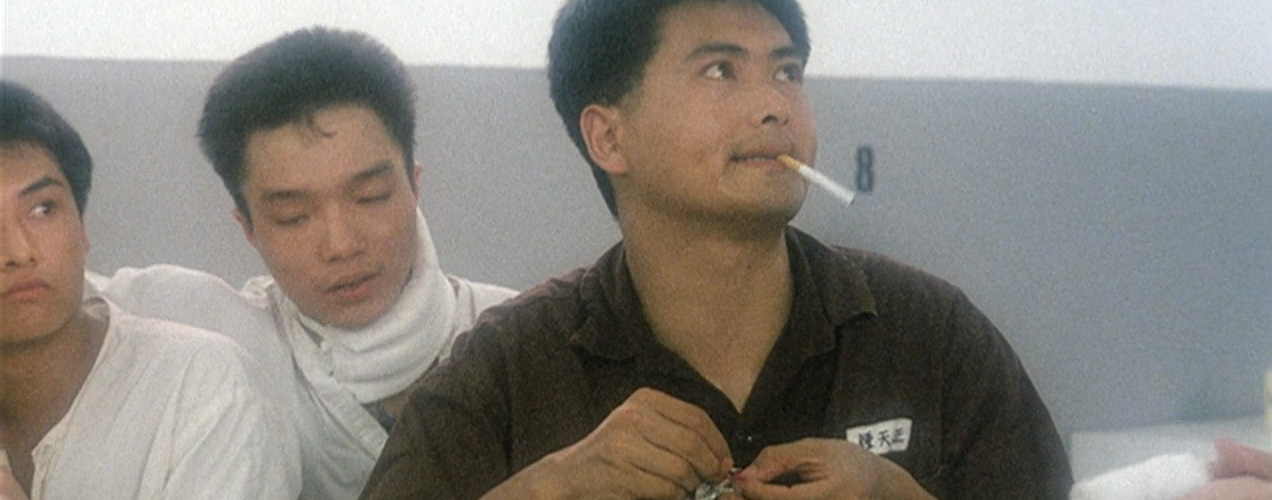
Prison on Fire
1987 / Ringo Lam > It’s a bit tragic that A Prophet may have forever ruined expectations for prison films. Trendsetter Lam’s take on the genre tries very hard to shine through the brutal experience of being behind bars but never really breaks through with anything particularly memorable. Prison on Fire ends up being a fairly ho-hum tale with a few stereotypical characters saved primarily by another fantastic performance by Chow Yun-Fat, who’s considerably more watchable when directors utilize his abundant charisma. Consider this an appetizer of sorts for their electrifying joint-effort in Full Contact.
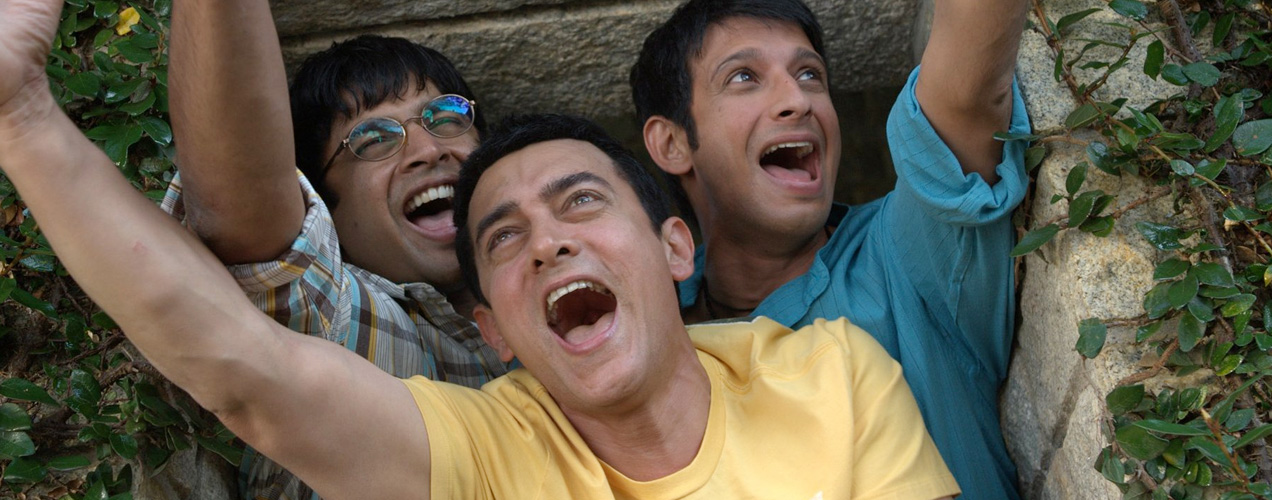
3 Idiots
2009 / Rajkumar Hirani > There’s an easy explanation as to why 3 Idiots is easily the highest grossing film in Bollywood history, almost doubling the box office receipts of its nearest competitor: The film defines generations of Indians (and South Asians in general) and is relevant now more than ever. On the surface, it’s just a fun film with quite a lot of predictability, cheesy moments and phoned-in laughs. But the thematics of a generation lost to examinations and monetary success are rooted deep within the culture’s bones. Most Indian students, male or female, know the pressure of success in one of the world’s toughest educational marketplaces, the fight for a spot in elite private schools, combating parental pressure and the selflessness this all carries.
Dreams are often tertiary to jobs and family, but in 3 Idiots, Hirani has offered a glimpse of hope to the Indian youth. Chances are it will have little effect on how families work, how parents push their children to the edge, but the exploration, in all its glossiness, is a worthy cause that’s obviously been taken to heart by the country’s moviegoers. As long as it’s not taken out of context and mistreated as an Indian equivalent of Dead Poets Society, there is much satisfaction to be had. And who knew Aamir Khan (whose Memento-derived Ghajini holds that second all-time spot) could so convincingly play a college student at age 44?

Greenberg
2010 / Noah Baumbach > There’s a surprising amount of humanity packed into Greenberg, though what stuck out for me is the disconnect between generations. How we handle things is different than 20 years ago and will be different 20 years from now. Technology has changed the way we communicate with our neighbours. Youth, adolescence and the potential of the lost twenties vary due to the context of their own eras. It’s not an easy matter to dissect during the length of a feature film, but Baumbach tries to throw the kitchen sink at it. For the most part, his heart is in the right place, but I’d argue that the two leads were a little too polar for it to work efficiently. We’re not dealing with subtlety here, and that makes it feel a bit more pedantic than it needs to be. In contrast, one could argue the lightheartedness of Kicking and Screaming better added to the effectiveness of exploring post-collegiate life than Greenberg’s near-blanket cynicism.
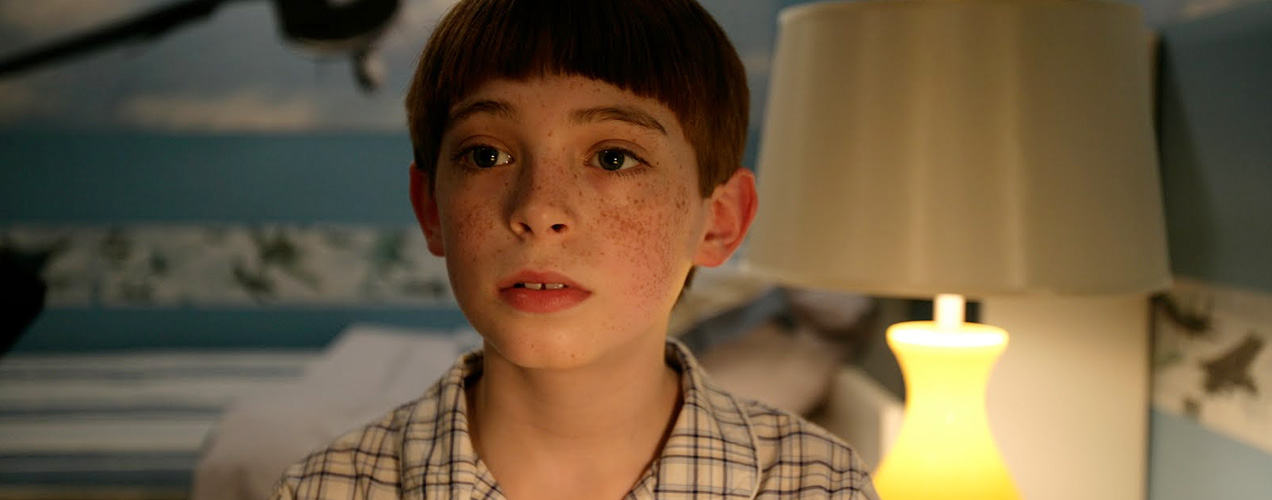
Life During Wartime
2010 / Todd Solondz > As Solondz’s follow-up to one of the iconic chronicles of a modern dysfunctional American family, Life During Wartime is effective. But it only really works as an addendum to the original: The characters (played by different actors than in Happiness, a technique Solondz first experimented with in Palindromes) are surprisingly two-dimensional without their expository sequences, though there is some satisfaction in seeing the aftermath of it all.

